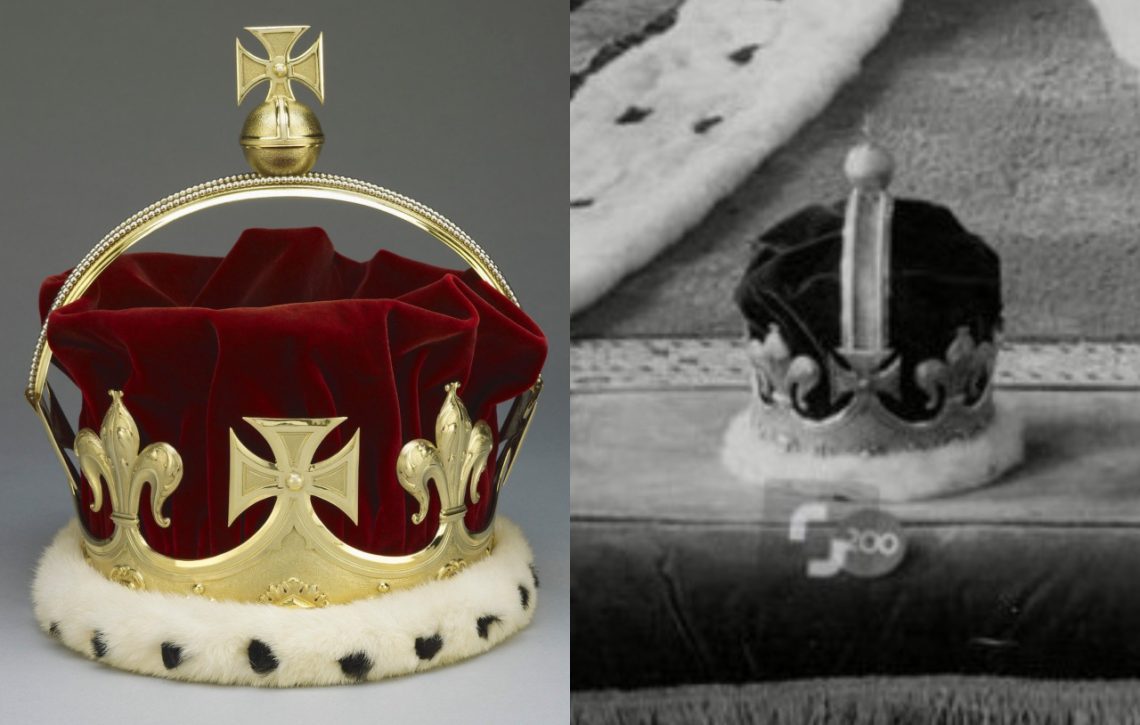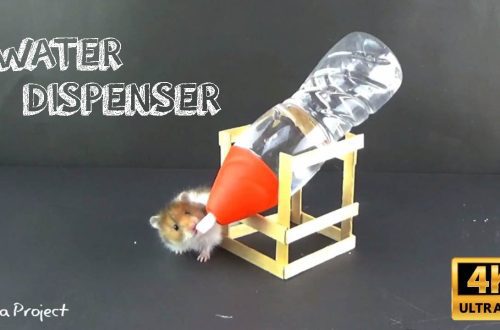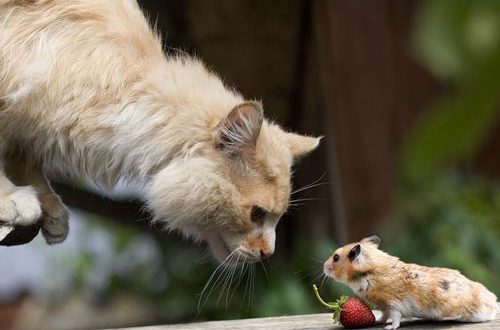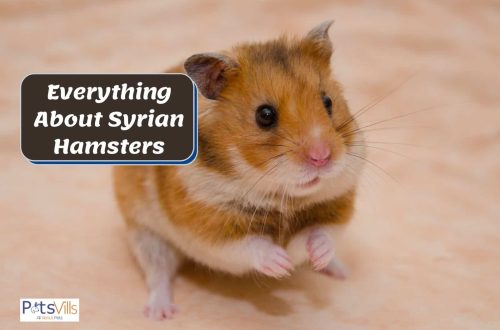
Exhibition standard for coronets
The Coronet is a guinea pig that looks like a Sheltie, but with a rosette on its head.
Points
Crown: neat, neat, symmetrical, matching the size of the head, decorating it, giving balance
Max. number of points – 20
Head: Broad and short, with round, bulging eyes that are set wide apart. The ears are well set, reminiscent of a rose petal and carried down.
Max. number of points – 15
Body: Compact, well-knit, no defects
Max. number of points – 10
Wool: Good texture, starting with beautifying on the cheeks, on the shoulders and sides, turning into a train
Max. number of points – 15
Wool density should be the same in all parts of the body
Max. number of points – 10
Wool length must be appropriate for the age of the pig (average one inch = one month). At exhibitions exhibited with a parting
Max. number of points – 10
Presentation
Max. number of points – 10
Condition
Max. number of points – 10
Accompanying notes: The socket should have a center in the form of a small patch of skin. The parting starts at the shoulder joint, behind the crown, and ends at the highest point of the sacrum, following the line of the spine.
Disqualifying faults: third eyelid, damage to the skin, lice.
Total points: 100
The general appearance of the pig, when you look at it from above, should resemble a pear in shape. Pigs must be shown to be of sufficient size for their age group, with a maximum of 20 square inches. There must be a parting.
Crown
The crown is located on the forehead, it is a rosette, which has a small center at the base, it should be well-shaped, symmetrical. Obviously, in a breed where the rosette is the main distinguishing feature, it becomes one of the most important parameters. The socket should be deep and cup-shaped, but not flat. The center should be as small and inconspicuous as possible. But it should be remembered that in Coronets with light coats and dark skin pigmentation, this center may appear more open, larger than in other colors, so this should definitely be taken into account when judging.
Head
The head should be large and broad, with a short nose. The eyes should be large and can be any color. The ears should be large, shaped like a rose petal, undamaged, hanging down and set fairly wide apart.
If your coronet doesn’t have a good head shape, it won’t be able to show off its crown in all its glory. If the head is not wide enough, then the crown will look too narrow. If the distance between the ears is small, then the crown will look as if flattened from the sides and very sloppy. All the strict requirements relating to the broad head, downturned ears and round large eyes, which make the Coronet an unusually beautiful animal, are very reasonable and fair.
Body
Should be strong, of sufficient size, appropriate for age.
Coat: cheeks, shoulders and train
The cheeks should have a very dense, adorning coat. The shoulders should be broad, the length and density of the hair should be appropriate for age. The coat on the shoulders blends smoothly into the coat on the sides. The train should fall smoothly from the back of the body, in young pigs it may be longer than the hair on the sides.
Presentation
Are exposed on a special support, the corresponding size. The coat must be clean and not tangled. Although Coronets have a straight coat, the presence of a slight wave should not be penalized.
Color
Coronets can be of any color.
Disqualifying faults
Obviously pregnant pigs. Vlasoyed, violations of the skin, third eyelid.
Disadvantages:
- Cyst
- damaged ears
- Border on the ears
- pliers
- Coat disorders.
As can be seen from all of the above, the single most important factor in a coronet is its coat, which is awarded 50 points out of a hundred possible, which are divided into several important articles and which I will try to dwell on in more detail. I will also try to write my own opinion on these parameters based on many years of experience with this breed.
Texture and thickness
These two parameters can bring 25 points according to the standard and are very important. Texture, roughly speaking, is how wool feels to the touch. In my opinion, it should be silky. Of course, the hair of dark-haired pigs seems to be coarser to the touch than that of light-haired ones, so this nuance must be taken into account when judging.
Density should be checked at the base of the body, as the undercoat stops growing at some stage and therefore the coat in adult gilts appears thicker at the base. Speaking of density, you must also remember that in dark pigs it will always seem larger. Although no points are awarded for color, nevertheless one or another color can affect the texture of the coat, so this should always be remembered when judging coronets.
But in any case, if you are trying to evaluate these two parameters, you cannot limit yourself to just looking, you must definitely feel the coat well, running your fingers over the body, try to assess how thick and textured it is. No breeder exhibiting a gilt will deny you this, as they themselves do it all the time at home, this is the only way to evaluate such gilts.
Cheeks, Shoulders, Train
Sideburns are often spoken about cheeks. To appreciate the sideburns of a coronet, you need to comb them, and not just smooth them, as this hides the natural look. The hair on the cheeks, according to the standard, should be as thick and embellishing as possible. The biggest problem with keeping a show coronet “in the hair”, at least for me, is the sideburns, as this is the only area of exposed hair that the pig can chew.
The shoulders and train must also be of maximum density, without gaps or damage to the coat, “of sufficient length”. The coat of all long-haired gilts grows at a rate of about one inch per month. The term “woolly” means that the coat is without any damage, i.e. not trimmed, bitten, combed, etc.
Crown
It is obvious that the breed, where the main distinguishing feature is the crown, it is she who is the most important parameter in the assessment. The crown should be deep, in the shape of a “cup”, and not flat, as if it was smoothed. It should also look clean, where the very base should be as small as possible. But here, too, one nuance should be taken into account. Generally in fair-skinned and dark-skinned gilts: the core of the crown will visually appear slightly larger than in light-skinned, light-skinned gilts, so this should be taken into account when evaluating.
Head
Eyes, ears and the type of mumps are taken into account here. If your coronet does not have a “good” head, it will not be able to show its crown in all its glory. If the shape of the head is not wide, then the crown will look narrow, if the ears are set too high, they will compress the crown from the sides, and it will look sloppy. The requirements of the standard are that the head be broad and large, the eyes large and round, and the ears down and properly set. Only under this condition will the coronet look really worthy!
Body
Years ago, Aubrey Roebuck told me, “There’s absolutely no point in having a luxurious fur coat if it doesn’t hide the body of a pig worthy of such a fur coat.” Until today, I fully agree with these words. According to the standard, the body should be strongly built, in good shape and of good size for the age of the pig, and the only way to assess this is to hold the pig in your hands. A lot of coronets are born large and look even more impressive thanks to the chic coat. Therefore, coronets most often begin to exhibit from the age of five to eight months, when they are already well formed.
Presentation
This parameter can bring ten points, but ten points is a lot in the group of long-haired gilts. Many breeders don’t bother to find a little time to do the daily paper wrapping operations and prepare the gilt for a show career, as the competition at shows is so intense. Proper presentation of the crown requires a lot of effort, time and patience. The pig should not look untidy or disheveled. As stated in the standard, the coronet can be of any color. Once I heard this phrase, I must have heard it in the entire history of my acquaintance with these pigs a million times.
The Coronet is a guinea pig that looks like a Sheltie, but with a rosette on its head.
Points
Crown: neat, neat, symmetrical, matching the size of the head, decorating it, giving balance
Max. number of points – 20
Head: Broad and short, with round, bulging eyes that are set wide apart. The ears are well set, reminiscent of a rose petal and carried down.
Max. number of points – 15
Body: Compact, well-knit, no defects
Max. number of points – 10
Wool: Good texture, starting with beautifying on the cheeks, on the shoulders and sides, turning into a train
Max. number of points – 15
Wool density should be the same in all parts of the body
Max. number of points – 10
Wool length must be appropriate for the age of the pig (average one inch = one month). At exhibitions exhibited with a parting
Max. number of points – 10
Presentation
Max. number of points – 10
Condition
Max. number of points – 10
Accompanying notes: The socket should have a center in the form of a small patch of skin. The parting starts at the shoulder joint, behind the crown, and ends at the highest point of the sacrum, following the line of the spine.
Disqualifying faults: third eyelid, damage to the skin, lice.
Total points: 100
The general appearance of the pig, when you look at it from above, should resemble a pear in shape. Pigs must be shown to be of sufficient size for their age group, with a maximum of 20 square inches. There must be a parting.
Crown
The crown is located on the forehead, it is a rosette, which has a small center at the base, it should be well-shaped, symmetrical. Obviously, in a breed where the rosette is the main distinguishing feature, it becomes one of the most important parameters. The socket should be deep and cup-shaped, but not flat. The center should be as small and inconspicuous as possible. But it should be remembered that in Coronets with light coats and dark skin pigmentation, this center may appear more open, larger than in other colors, so this should definitely be taken into account when judging.
Head
The head should be large and broad, with a short nose. The eyes should be large and can be any color. The ears should be large, shaped like a rose petal, undamaged, hanging down and set fairly wide apart.
If your coronet doesn’t have a good head shape, it won’t be able to show off its crown in all its glory. If the head is not wide enough, then the crown will look too narrow. If the distance between the ears is small, then the crown will look as if flattened from the sides and very sloppy. All the strict requirements relating to the broad head, downturned ears and round large eyes, which make the Coronet an unusually beautiful animal, are very reasonable and fair.
Body
Should be strong, of sufficient size, appropriate for age.
Coat: cheeks, shoulders and train
The cheeks should have a very dense, adorning coat. The shoulders should be broad, the length and density of the hair should be appropriate for age. The coat on the shoulders blends smoothly into the coat on the sides. The train should fall smoothly from the back of the body, in young pigs it may be longer than the hair on the sides.
Presentation
Are exposed on a special support, the corresponding size. The coat must be clean and not tangled. Although Coronets have a straight coat, the presence of a slight wave should not be penalized.
Color
Coronets can be of any color.
Disqualifying faults
Obviously pregnant pigs. Vlasoyed, violations of the skin, third eyelid.
Disadvantages:
- Cyst
- damaged ears
- Border on the ears
- pliers
- Coat disorders.
As can be seen from all of the above, the single most important factor in a coronet is its coat, which is awarded 50 points out of a hundred possible, which are divided into several important articles and which I will try to dwell on in more detail. I will also try to write my own opinion on these parameters based on many years of experience with this breed.
Texture and thickness
These two parameters can bring 25 points according to the standard and are very important. Texture, roughly speaking, is how wool feels to the touch. In my opinion, it should be silky. Of course, the hair of dark-haired pigs seems to be coarser to the touch than that of light-haired ones, so this nuance must be taken into account when judging.
Density should be checked at the base of the body, as the undercoat stops growing at some stage and therefore the coat in adult gilts appears thicker at the base. Speaking of density, you must also remember that in dark pigs it will always seem larger. Although no points are awarded for color, nevertheless one or another color can affect the texture of the coat, so this should always be remembered when judging coronets.
But in any case, if you are trying to evaluate these two parameters, you cannot limit yourself to just looking, you must definitely feel the coat well, running your fingers over the body, try to assess how thick and textured it is. No breeder exhibiting a gilt will deny you this, as they themselves do it all the time at home, this is the only way to evaluate such gilts.
Cheeks, Shoulders, Train
Sideburns are often spoken about cheeks. To appreciate the sideburns of a coronet, you need to comb them, and not just smooth them, as this hides the natural look. The hair on the cheeks, according to the standard, should be as thick and embellishing as possible. The biggest problem with keeping a show coronet “in the hair”, at least for me, is the sideburns, as this is the only area of exposed hair that the pig can chew.
The shoulders and train must also be of maximum density, without gaps or damage to the coat, “of sufficient length”. The coat of all long-haired gilts grows at a rate of about one inch per month. The term “woolly” means that the coat is without any damage, i.e. not trimmed, bitten, combed, etc.
Crown
It is obvious that the breed, where the main distinguishing feature is the crown, it is she who is the most important parameter in the assessment. The crown should be deep, in the shape of a “cup”, and not flat, as if it was smoothed. It should also look clean, where the very base should be as small as possible. But here, too, one nuance should be taken into account. Generally in fair-skinned and dark-skinned gilts: the core of the crown will visually appear slightly larger than in light-skinned, light-skinned gilts, so this should be taken into account when evaluating.
Head
Eyes, ears and the type of mumps are taken into account here. If your coronet does not have a “good” head, it will not be able to show its crown in all its glory. If the shape of the head is not wide, then the crown will look narrow, if the ears are set too high, they will compress the crown from the sides, and it will look sloppy. The requirements of the standard are that the head be broad and large, the eyes large and round, and the ears down and properly set. Only under this condition will the coronet look really worthy!
Body
Years ago, Aubrey Roebuck told me, “There’s absolutely no point in having a luxurious fur coat if it doesn’t hide the body of a pig worthy of such a fur coat.” Until today, I fully agree with these words. According to the standard, the body should be strongly built, in good shape and of good size for the age of the pig, and the only way to assess this is to hold the pig in your hands. A lot of coronets are born large and look even more impressive thanks to the chic coat. Therefore, coronets most often begin to exhibit from the age of five to eight months, when they are already well formed.
Presentation
This parameter can bring ten points, but ten points is a lot in the group of long-haired gilts. Many breeders don’t bother to find a little time to do the daily paper wrapping operations and prepare the gilt for a show career, as the competition at shows is so intense. Proper presentation of the crown requires a lot of effort, time and patience. The pig should not look untidy or disheveled. As stated in the standard, the coronet can be of any color. Once I heard this phrase, I must have heard it in the entire history of my acquaintance with these pigs a million times.





